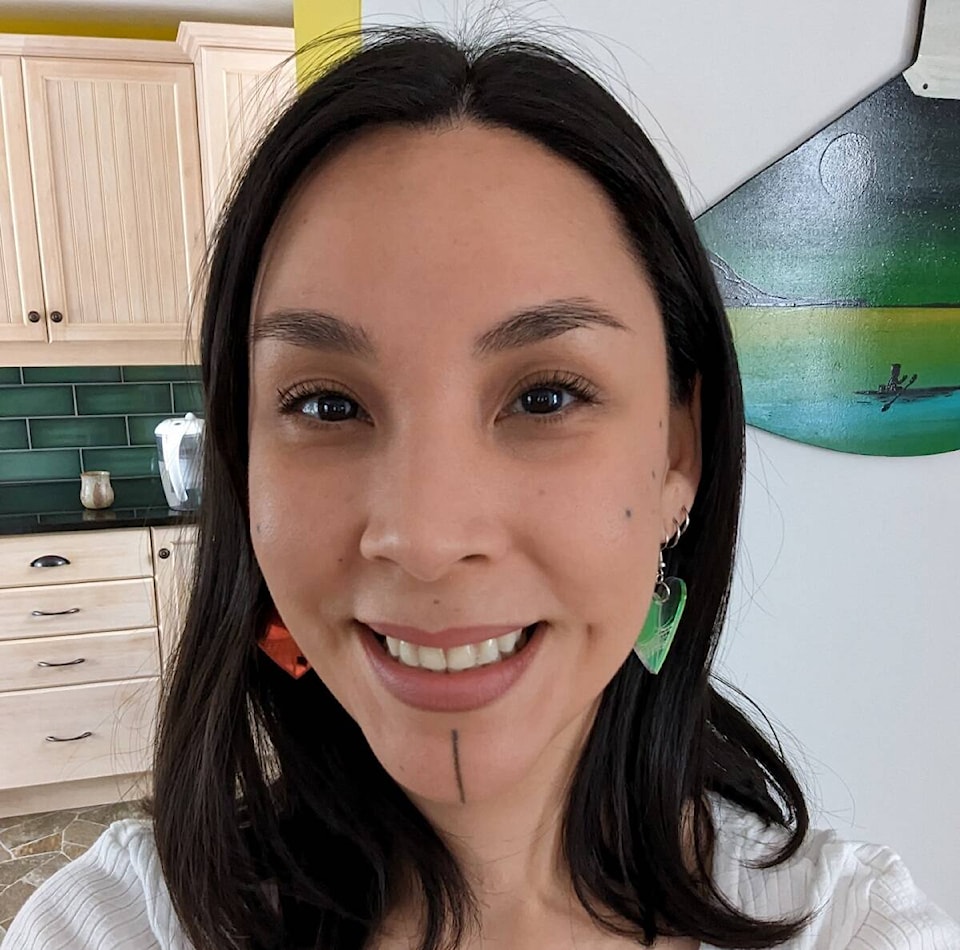Statistics Canada states around 39,700 people, the majority living in Nunavut (22070) and Quebec (11895), speak Inuktitut either at home or as their mother tongue, making it the second most spoken indigenous language in Canada after Cree.
To honor the month of February 2023 as Indigenous languages month, Nunavut News asked Haana-Siksik to share her story regarding Inuktitut, and her perspective on its progression in the world:
“My full name is Melodie Haana-Siksik Sammurtok-Lavallée, but I go by my middle and Inuktitut name, Haana Siksik.
I didn’t grow up speaking Inuktitut very strongly. Both my parents went to residential school, and in my father’s case, he also had to receive treatment in the south for TB for many years as a child, he lost his language and had to relearn it. The residential schools prevented my parents from seeing the value in passing on what they knew. I had a healthy exposure to Inuktitut growing up but wasn’t actively encouraged to make use of it especially after spending so much time at school learning and speaking in English; I can see how this would be a big undertaking for my parents, reteaching their children everything we learned in English at school and translating strange concepts into Inuktitut. It is only now that my father, who is an Elder, is teaching me what he knows, and has expressed remorse in not actively making sure my siblings and I were fluent in our mother tongue.
I gave birth to my panik six years ago and decided while pregnant that I’d be speaking to her in Inuktitut. It’s been a struggle since we live in the south and all her friends speak English, but her spoken knowledge is strong and she knows more than I did when I was her age.
I don’t recall a lot of resources as a child to learn Inuktitut. We had weekly Inuktitut classes in Kangiq’liniq (Rankin Inlet) and that contributed to the basic spoken knowledge of the language, but the classes were a combination of English and Inuktitut speaking children, so our teachers were trying to fill multiple gaps teaching us who were at different levels. Our Inuktitut teachers needed more support then, and they need them even more so now. We need to keep in mind that traditional Inuit teaching is rooted in everyday practical knowledge related to surviving, keeping balance with the natural world, and keeping a sound mind and spirit. This type of teaching that is second nature to Inuit has been replaced with a foreign concept of teaching, which has removed critical elements of holistic education.
Since moving South, I’ve been asked by urban Inuit and urban Inuit associations to teach classes in Inuit culture and language. I always said no at first because I didn’t feel like I had a strong enough base in language to be a good teacher. However, during the pandemic the requests doubled and I realized that not teaching what I do know wasn’t doing a favour to myself or anyone else. I decided to teach an intro to Inuktitut grammar through Atelehai Inuit Association, and after that my relationship with Inuktitut changed. I wasn’t only teaching Inuktitut to my panik anymore; I was now accountable in making sure I was teaching very proper Inuktitut to eager adults. I don’t teach full time however, and I am not a translator.
I switched my messages on Instagram because it’s more convenient to upload information in one video rather than respond to individual questions from the Inuit. While I focus more on Inuit culture, history and spirituality, language is connected, it isn’t separate from the other elements. My motivations are witnessing my panik respond in full sentences to me, this is a dream come true! My own curiosity in how Inuktut language is structured, and some even rooted in words from nature, and seeing other Inuit reclaiming their language, reintroducing themselves to their parents, grandparents and great-grandparents lifestyle. DNA has a long memory.“
